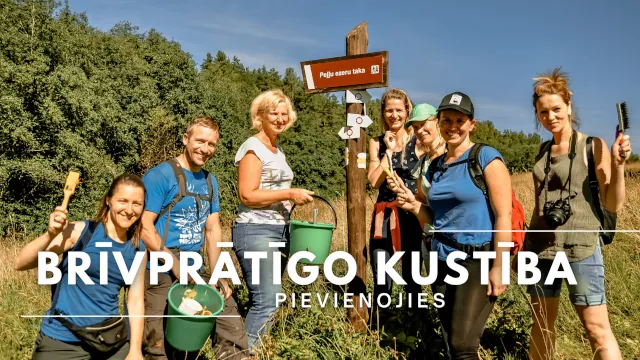 Košrags village
Košrags village
Considered to be the most recent of all Livonian coastal villages, established in the 17th century. In 1826, there were four farmsteads in the village: Anduļi, Žoki, Kinne, Tillemači with a total of 74 residents. These homes are still present and are found in the central part of the village. In mid-19th century, Žoki was the first reading school for Livonian children coming from various coastal villages from Dundaga region, while the largest number of Livonian folklore examples have been recorded in writing in Anduļi. In 1935, there were 19 farms in Košrags with 115 inhabitants, out of which 42 were Livonian. Farms bearing Livonian names are most found in the small village of Košrags: Valdamo — Baltzemes (translated from Latvian: White Lands), Alabi – Vītoli (Willows), Kūvali – Mēness gaisma (Moonlight), Eļmi – Dzintari (Ambers), Virgo – Atmodas (Awakenings), Norpiedagi – Jaunpriedes (New Pines). Nordpiedagi was home to the fisherman, Livonian civic figure, co-founder of the Livonian Association, well-known boat maker, Didriķis Volganskis (1884–1968). In 1938, a breakwater under the supervision of Volganskis was built for the purpose of seaweed harvesting. The Finnish resident Edgars Vaalgamaa (1912–2003), the son of D. Volganskis, was the only Livonian, who held a higher education diploma in theology. He has translated the Latvian epic poem “Lāčplēsis” into Finnish.
Nowadays, Košrags is an urban construction monument of national significance, since the ancient fishermen village build-up traditions are still kept alive and present. Now there are more than 20 houses in Košrags, with only few having permanent residents. The village becomes more lively during summers, when city inhabitants return to spend summer in Košrags.












